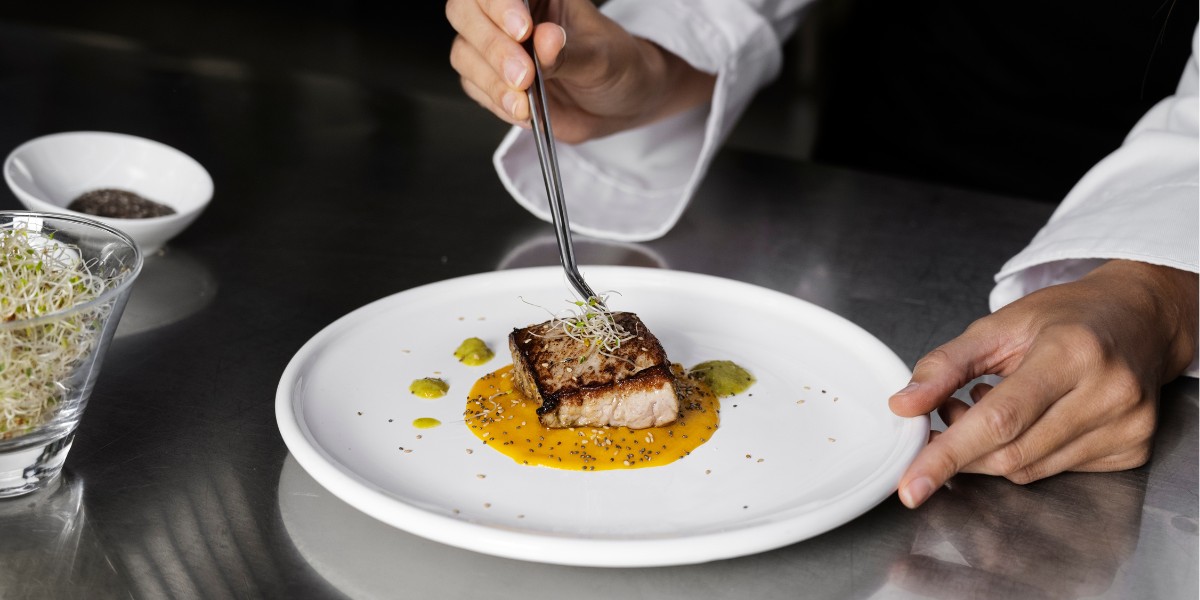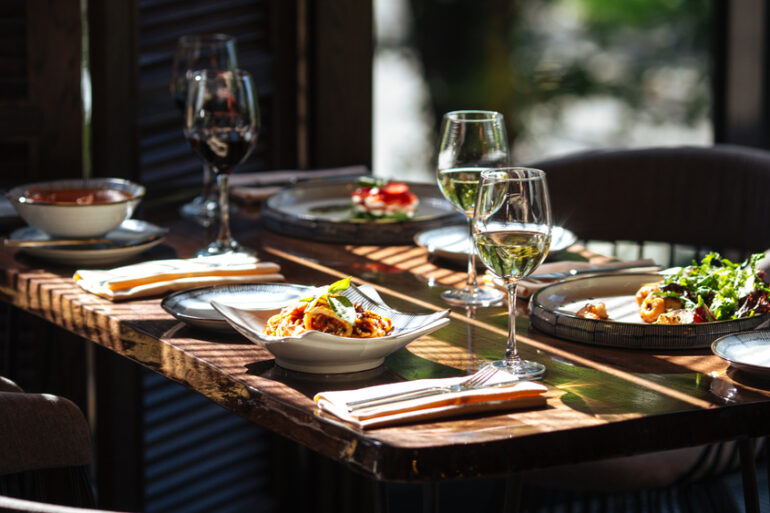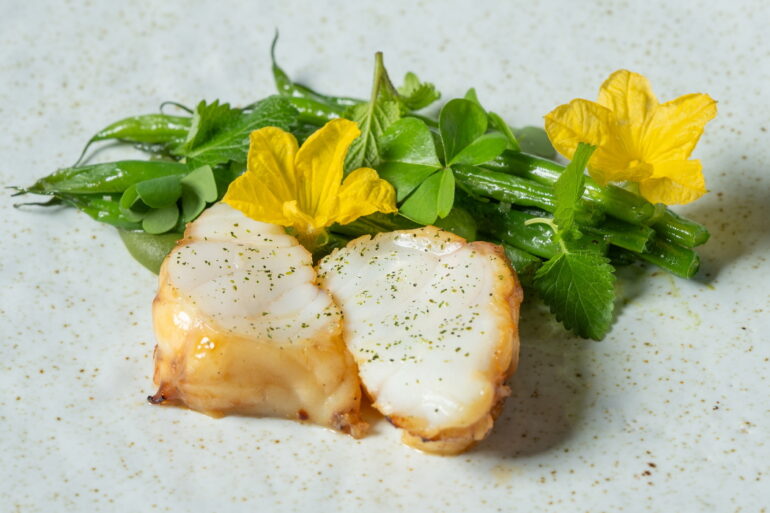The Michelin star remains a driving force for many restaurants and chefs around the globe, but for some, it limits creative freedom and promotes commercialization in the food industry.
No other award in the world brings prestige and fame to a restaurant quite like the Michelin star. It is widely considered the ultimate culinary honor, with chefs and establishments all over the globe striving hard to earn it. And achieving that coveted Michelin status is like winning an Oscar or the Olympics in the culinary world. But the question remains: What makes it a very big deal and at what cost?
Unlike the Oscars, the Michelin Guide didn’t start as iconic as it is today. It came from humble beginnings that began in 1889, when brothers André and Édouard Michelin established their world-famous tire company in the small town of Clermont-Ferrand in France. To encourage drivers to use their automobiles more often and subsequently purchase Michelin tires, the two brothers began producing a small red book with handy information, such as maps, gas stations, hotels, and restaurants.
They gave the public all that information for free until André went to a tire shop and saw their beloved guide being used merely as a prop to lift a workbench. Driven by the belief that “a man only truly respects what he pays for,” the Michelin brothers launched a new Michelin Guide in 1920 and sold it for seven francs. Six years later, in 1926, they began awarding stars to fine-dining establishments, starting with just one star before expanding the hierarchy to include two and three stars in the next five years.
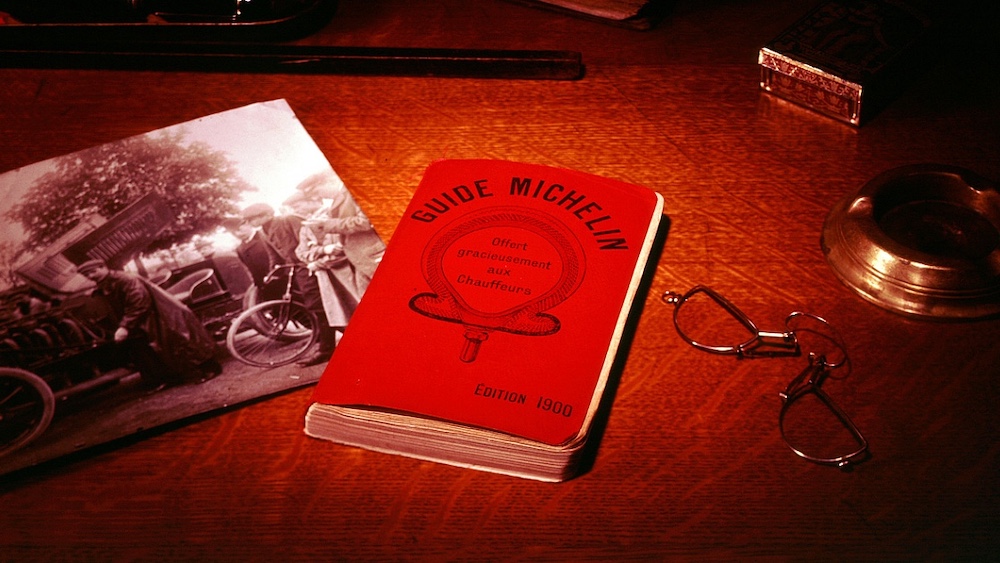
Today, the Michelin Guide is present in over 37 countries worldwide, with the Philippines as the latest addition to its prestigious list. During its inaugural awarding ceremony in the country on October 30, Michelin Guide awarded one star to eight establishments in Manila and Cebu: Gallery By Chele, Celera, Asador Alfonso, Hapag, Inato, Kasa Palma, Linamnam, and Toyo Eatery. Like all the other one-starred restaurants worldwide, these local bistros were given a single star for “using top quality ingredients” for their dishes that ooze with distinct flavors and are “prepared to a consistently high standard.”
Related story: Michelin Guide drops first Philippine list. Here are the country’s starred restaurants
Related story: Your quick, pocket-friendly Michelin food guide to Southeast Asia
Helm by Josh Boutwood was the only local bistro to earn two Michelin stars—an accolade bestowed on restaurants that are worth a detour. According to the Michelin Guide, the food of these establishments is “refined and inspired,” reflecting the “personality and exceptional talent of the chef.” The highest rating in the system—and yet to be achieved by Philippine culinary experts—is three Michelin stars. This is awarded to fine-dining restos that are “world-class and worth a special journey.” Their dishes are not just food but an innovative “art form” perfectly executed, presented, and incorporating unusual ingredients. The service is also top-tier, while dining areas are elegant and have a refined atmosphere.

Everything is decided by what the Michelin Guide dubs as anonymous “inspectors” who dine at the restaurants multiple times to evaluate them based on the guide’s rating criteria: quality of products, mastery of flavor and cooking techniques, harmony of flavors, the chef’s personality in the cuisine, and consistency.
Can restaurants reject their Michelin Stars?
Although rare, a few restaurants and chefs have rejected their Michelin star. A well-known example is acclaimed chef Marco Pierre White , who was awarded three Michelin Stars for his flagship restaurant, The Restaurant Marco Pierre White in London, in 1995. He was the first British chef to be awarded three Michelin stars but decided to hand them back four years later in 1999. He felt they were a burden and preferred the freedom of pursuing his passion for cooking over maintaining the prestigious status.
“The people who gave me Michelin stars had less knowledge than me. You have to place a value on something that is given to you: that’s why it was so easy for me to walk away. They had no value for me,” he said in an interview with The Guardian in 2015. He did the same for the stars that was supposed to be given to his his Singapore restaurant, The English House, in 2018. “I don’t need Michelin and they don’t need me,” he told Channel News Asia. “They sell tires and I sell food.”

The same goes for Italian restaurant Giglio, which requested its star to be removed from the 2025 guide, as well as French bistro Sébastian Bras, whose chef asked for his restaurant’s three Michelin stars to be removed from the guide 19 years after holding them. Both cited exhaustion and constant pressure of maintaining the guide’s standards. Chef Skye Gyngell had the same sentiment when she requested the star of her restaurant, Petersham Nurseries to be removed, and called the rating a “curse.”
Then there’s the late Spanish chef Santi Santamaria, whose restaurant Can Fabes was awarded with three stars in 1994. He did not directly return them but rather questioned the authenticity of Michelin Guide as a culinary guru. “There is enormous confusion between what a restaurant is and what the Michelin Guide says it is,” he wrote in his 2008 book, La Cocina al Desnudo (The Kitchen Laid Bare). The culinary icon believed that the focus should be on the diners’ experience and the roots of traditional cuisine rather than the guide’s expectations.
The refusal of Michelin stars by these prominent chef may have set an example in challenging the issues of creative freedom and commercialization in the food industry, but they do not reject the recognition of excellence in the industry altogether.
Increased prestige, patronage, and also pressure
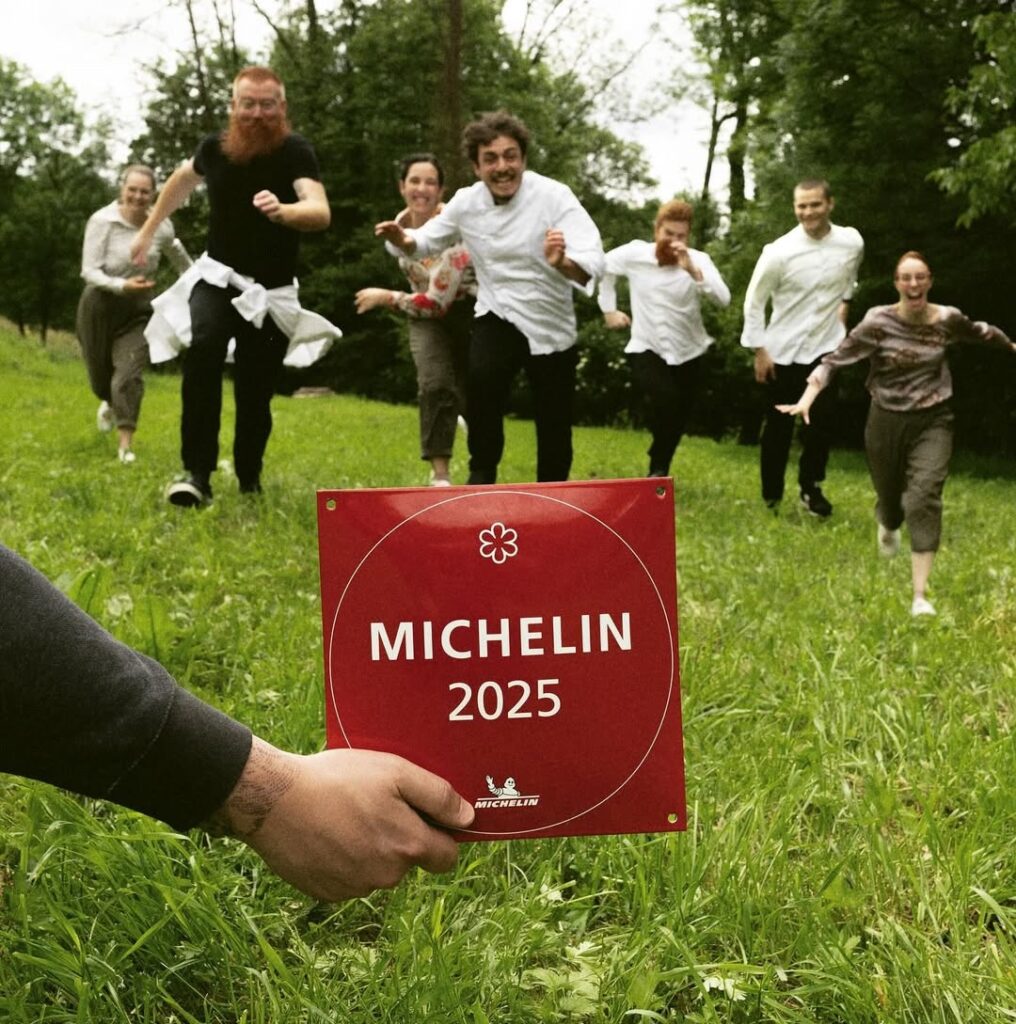
As a hallmark of culinary excellence, a Michelin star can significantly transform a restaurant in terms of status and marketability. It enhances an establishment and its chefs’ reputation and prestige at a global scale. It becomes part of a restaurant’s brand, which can be promoted heavily on websites and social media. This increased status, in turn, draws more customers seeking the best dining experiences both from its home country and abroad.
Increased patronage can also equate to more business opportunities in terms of additional branches, other branded product lines, and co-branded partnerships. Take for example the world-famous Restaurant Gordon Ramsey which has held three Michelin stars since 2001. Today, the acclaimed chef has expanded his flagship bistro to over 33 branches worldwide, including the Philippines. Some three-starred chefs, meanwhile, exanded their brand to create multiple dining establishments. This includes chef Alaine Ducasse, who owns Paris-based restaurants Le Louis XV and Restaurant Le Meurice Alain Ducasse, as well as The Dorchester in London, that all hold yhree Michelin stars.
Related story: A dinner at Gordon Ramsay Bar & Grill reveals why the chef has 8 Michelin stars
Related story: Two new Gordon Ramsay restaurants to open in Cebu
With Michelin-starred restaurants catapulting to global fame, it is also natural for top culinary talents to work their way into these establishments for career advancement and skill development. Whether you’re a chef, sous chef or a line cook, working for such restaurants is a significant entry in one’s resumé.
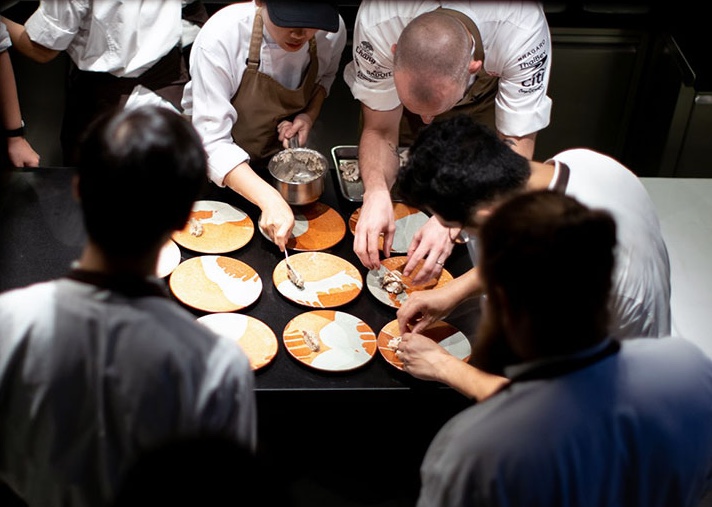

But like anything happening behind kitchen doors, it also comes with increased pressure and challenges. Diners expect these restaurants to constantly deliver exceptional food, service, and overall experience which, in turn, can be daunting for the staff and management. In fact, a number of former employees have shared blog posts describing kitchens to be “fast-paced,” with the staff working “long hours,” starting at 6:30 am and ending at 11 pm.
Some chefs also find the Michelin star status to be restrictive, requiring them to focus on maintaining the star’s standards over pursuing their own culinary vision. It can also limit artistic experimentation, as sometimes costly aesthetics are prioritized over the food itself.
Controlling costs is big challenge for the management, as Michelin-starred restaurants should continuously innovate to maintain their prestigious status. These establishments are expected to shell out large amounts of money for the finest ingredients, maintaining an impeccable dining environment, training staff, and sometimes for improving their facilities to keep up with their new status.
However, the pursuit of Michelin stars remain a driving force for many restaurants and chefs around the globe as they represent more than just recognition—it is a culmination of their hard work dedication, and world-class expertise beyond what the customers can see.
Related story: If food is memory, why do other people’s opinions matter?

